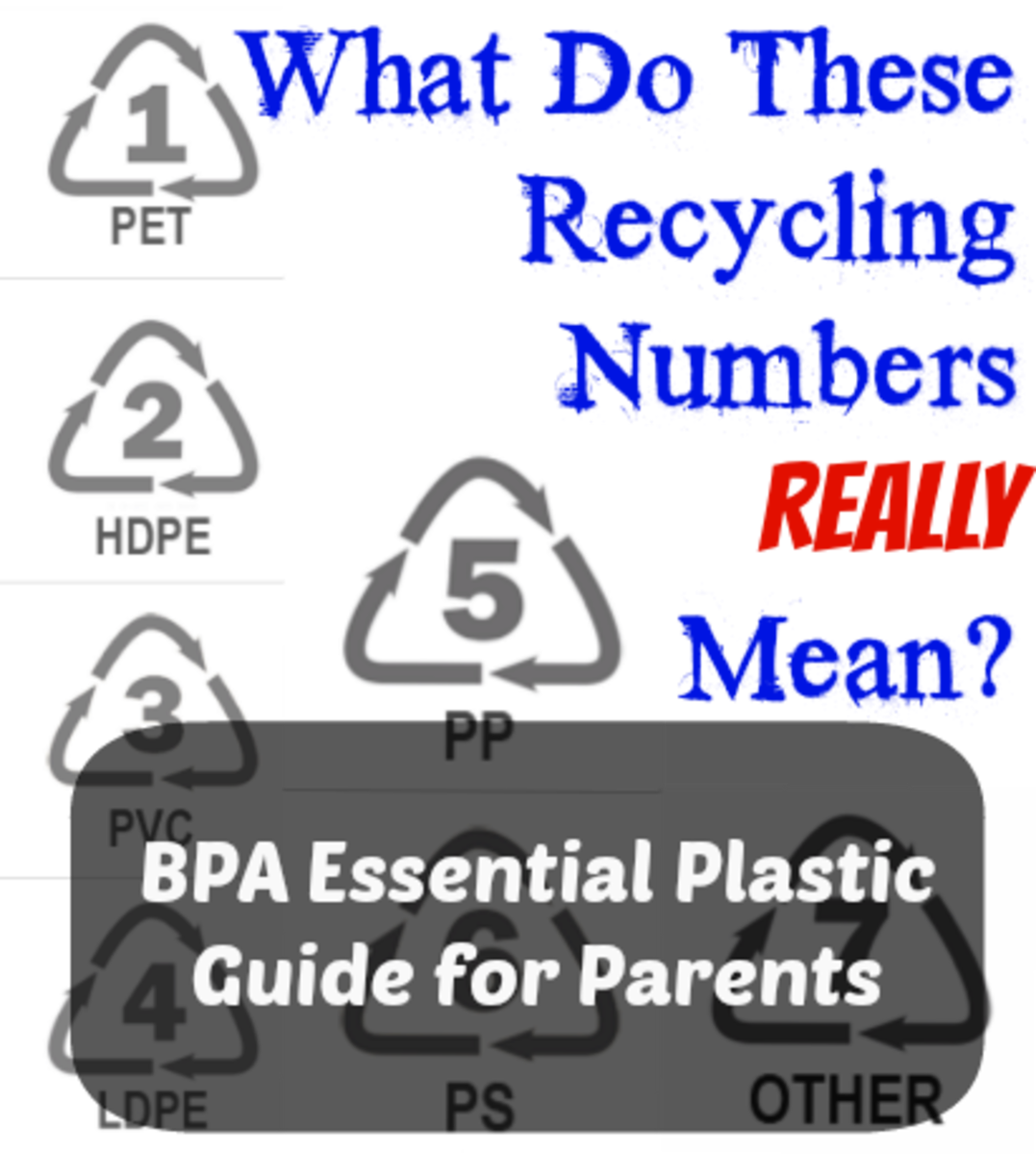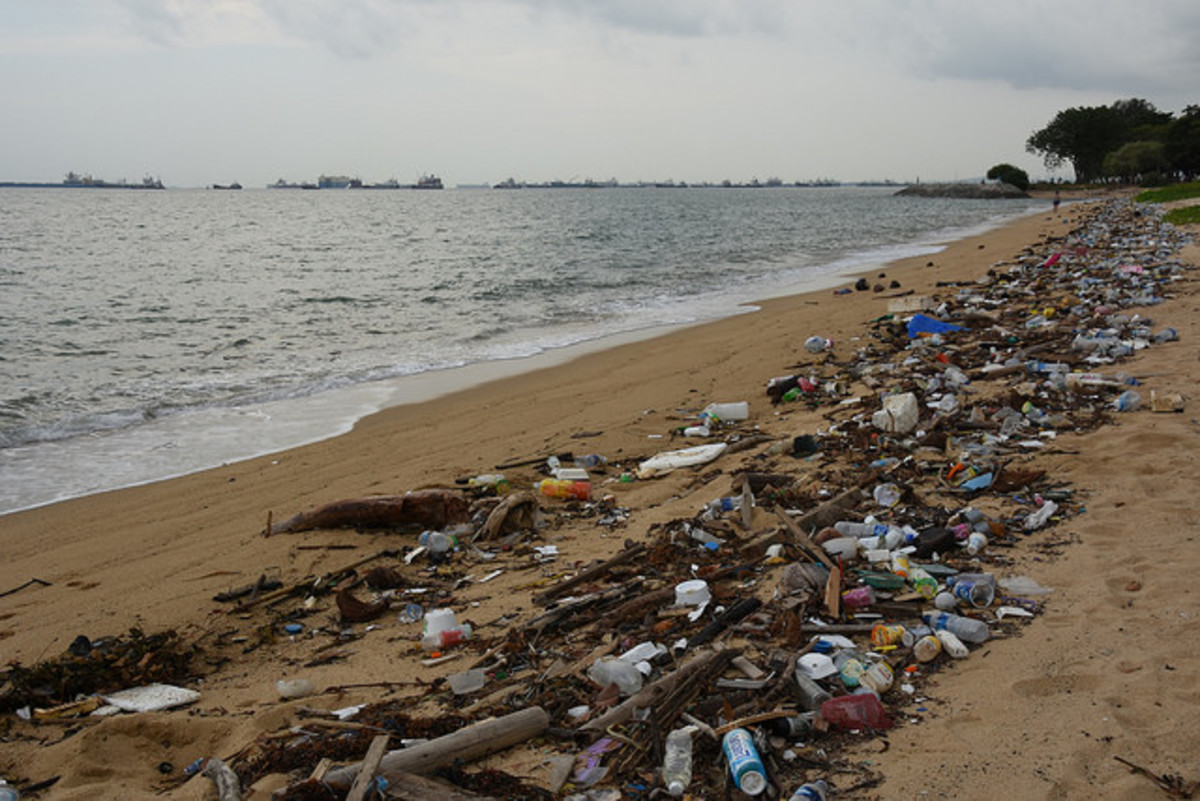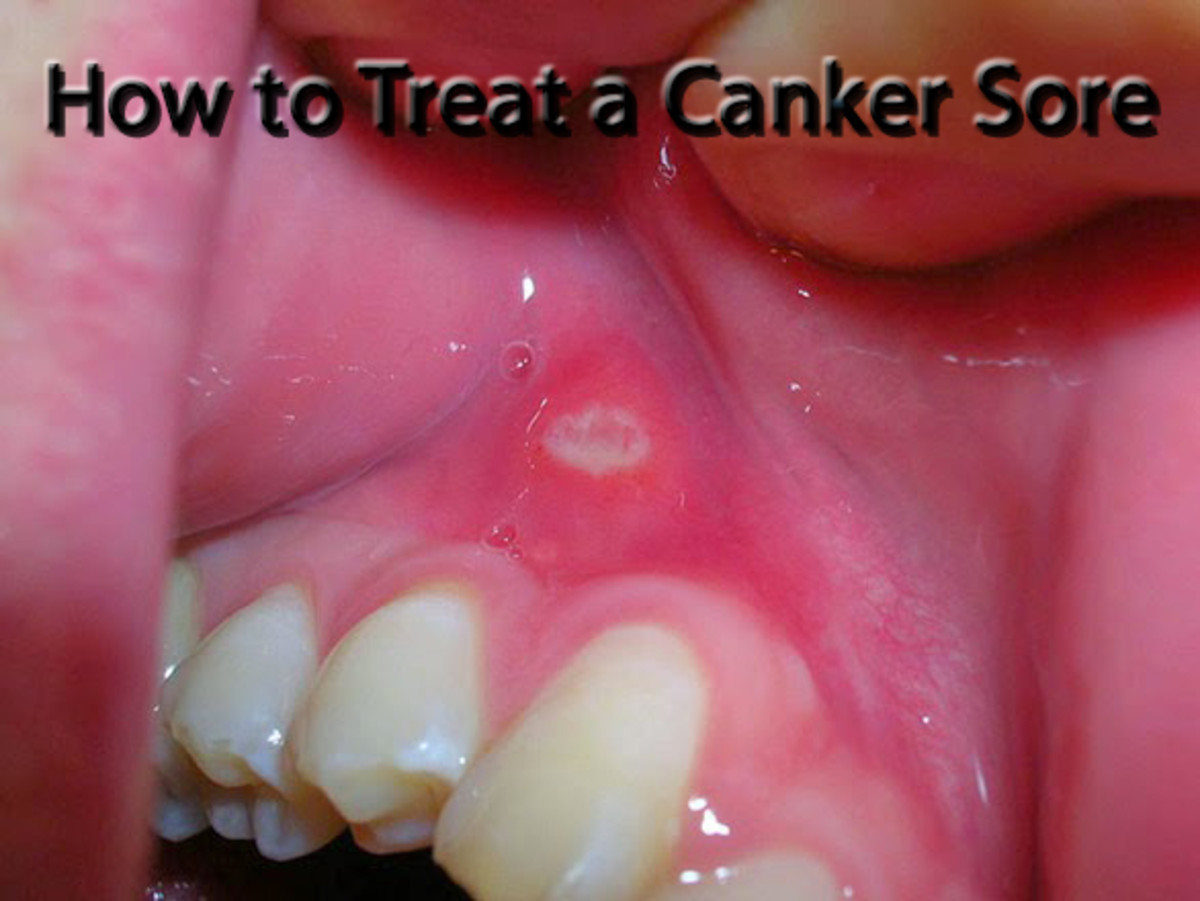Guide To Plastic Coding System: What's Behind The Number?
Plastics have undeniably become an integral part of our daily routines, with their presence expected to persist for the foreseeable future. Consider the multitude of applications where plastic plays a role in modern life, from packaging our groceries to manufacturing essential household items. Its versatility, durability, and affordability have made it ubiquitous in nearly every aspect of our existence.
However, with this convenience comes a responsibility to address the environmental challenges posed by plastic waste. As consumers, we must strive to minimize our reliance on single-use plastics and explore sustainable alternatives to mitigate the adverse impact on our planet. Through conscious consumption and innovative solutions, we can work towards a more sustainable future where plastics coexist harmoniously with the environment.
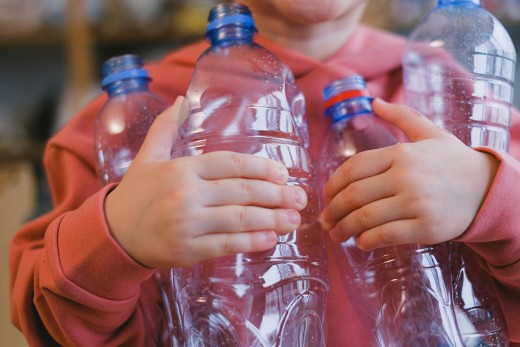
So have you seen the arrow triangle symbol located at the bottom of it, with a number inside? Do you know what these numbers stands for? Many people think the number represents how many times that this product is to be recycled. But they’re wrong.
These numbers are called the Plastic Packaging Resin Identification Code. They are used to indicate the type of plastic the item was made from. These also helped consumers to identify and know whether and how the product is to be recycled.
Plastic Packaging Resin Identification Code

These numbers represents the chemical make up of that plastic.
Here's the name for each abbreviation:
- 1 - POLYEHTYLENE TEREPHTHALATE (PET or PETE)
- 2 - HIGH-DENSITY POLYETHYLENE (HDPE)
- 3 - POLYVINYL CHLORIDE (PVC)
- 4 - LOW-DENSITY POLYETHYLENE (LDPE)
- 5 - POLYPROPYLENE (PP)
- 6 - POLYSTYRENE (PS)
- 7 – OTHERS
Have you ever said this line "It taste like plastic", when drinking on a plastic bottle? That's because you are actually tasting the plastic! Many of the plastics used are toxic; the chemicals used to create these can leach out of the plastic and into the drink or food.
The chemical released by this plastic bottles can cause cancer. So what's the worst numbers? It's numbers 3 , 6 , 7.
PLASTIC CODING SYSTEM

#1 - POLYEHTYLENE TEREPHTHALATE (PET or PETE)
This is clear, tough and shatterproof and identified by the number 1. It provides a barrier to water, oxygen and carbon dioxide. This is ideal for use in carbonated soft drink bottles because of its ability to contain carbon dioxide.
American Chemistry Council caution that products made with PETE will only be used as indicated by the manufacturer; for example the microwavable trays, which can only be used one time and not to store foods other than what it is really intended for its use.
Reusing products made of PETE can be dangerous too. It was found to break down over time and can leach into the food when the product is reused. The main toxin is the DEHA, which found on the reused plastic bottles.
DEHA (di(ethylhexyl)adepate), is a form of carcinogen, can cause liver problems, possible reproductive difficulties and can cause cancer.
#2 - HIGH-DENSITY POLYETHYLENE (HDPE)
This is use to make many types of bottles because of its good barrier properties and well-suited for packaging products, and has a good chemical resistance. Among its uses are for juice, milk and water bottle along with household items like shampoo, detergent, motor oil, antifreeze, conditioner and cleaners. This can also be found on pipe, plastic film, buckets, recycling bins and crates.
#3 – POLYVINYL CHLORIDE (PVC)
This can manufactured to be either rigid or flexible. Flexible PVC is used for medical bags and showers curtains while the rigid ones used to make construction materials.
These can be found on food packaging, plastic wrap, cosmetics, curtains, toys, containers for toiletries, water pipes and garden hoes.
The FDA acknowledges that the building block of PVC is a human carcinogen. The compound DEHP (Di(2-ethylhexyl)phthalate) that is found on PVC can cause endocrine disruption, decreased birth weight, linked to asthma and reproductive as well as developmental effects. If medical wastes with PVC and Phthalates are regularly incinerated, it can cause public health effects from the release of dioxins and mercury. This includes cancers, birth defects, declining sperm counts, infertility, system impairment and hormonal changes.
#4 - LOW-DENSITY POLYETHYLENE (LDPE)
This is used for its roughness, relative transparency and flexibility; that is why this is used to make bottles that requires extra flexibility. Also, this is used to produce plastic bags, grocery bags, garbage bags and squeezable bottles. It can also be found on toys, container lids, shrink wrap and packaging.
So while no known adverse health effects associated with the use of this plastic, somehow, organic pollutants are also formed during the manufacturing process.
#5 – POLYPROPYLENE (PP)
This is known for its high melting point; can also be manufactured as flexible or rigid. This is ideal for holding hot liquids that cool in the bottles. This is used for medicine bottles, bottle caps and other household items, containers for yogurt, margarine, and take-out meals. Also been used to produce disposable diapers, house wrap and outdoor carpets.
This is not easily recycled and no known health issues found.
#6 – POLYSTYRENE (PS)
This can be rigid or foamed. Commonly used for protective packaging like CD cases, food containers, insulation, egg cartons, building insulation, packaging and disposable cutlery.
The chemical Styrene can leach from Polystyrene and can act as a neurotoxin. It was studied on the animals the harmful effects of styrene on red-blood cells, liver, kidney and stomach organs.
#7 – OTHERS
This can be found on medical storage containers, electronics, most plastic baby bottles, sport water bottles, clear plastic “sippy” cups, 5-gallon water bottles and some clear plastic cutlery.
Health effects may vary depending on the plasticizers and resin in the plastic that often include Polycarbonates. These polycarbonates plastic leaches the Bisphenol A also known as BPA, a known endocrine disruptor. BPA has been found to create genetic damage and behavioural changes in a variety of species.
BPA is widely produced chemical and is used primarily for the production of polycarbonates. Polycarbonates plastics are typically hard and clear. The health risks of BPA nowadays are receiving an incredible attention because of its side effects to species exposed to it. High temperature can cause BPA to leach into food and beverage.
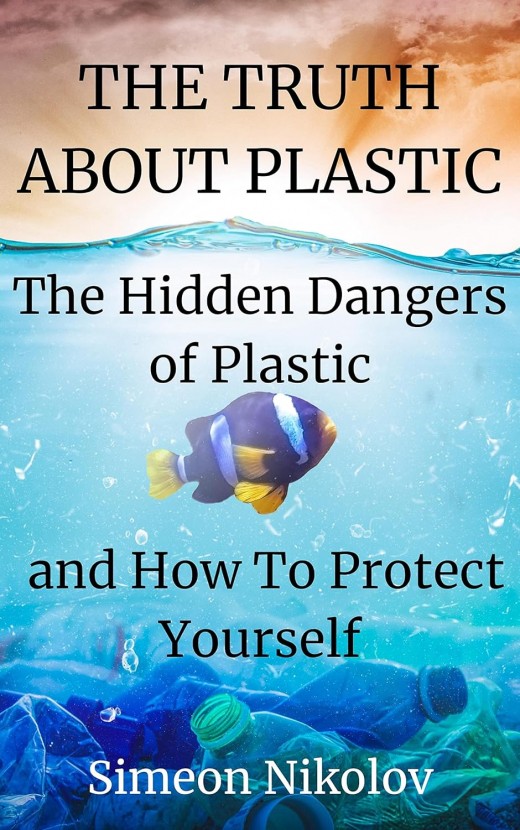
This content is accurate and true to the best of the author’s knowledge and is not meant to substitute for formal and individualized advice from a qualified professional.

